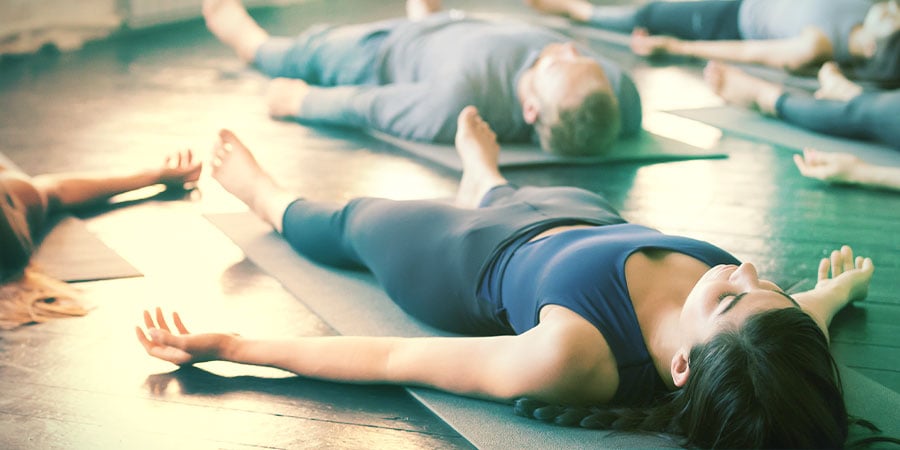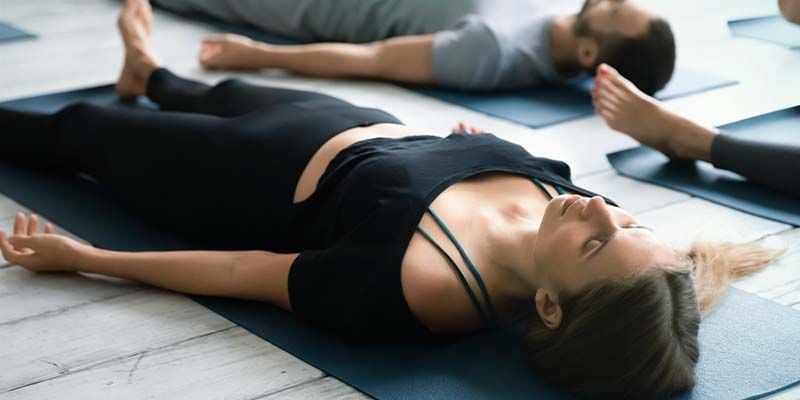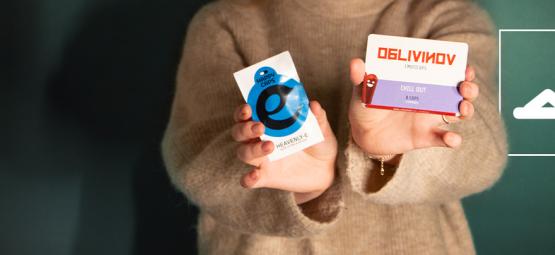-
Seed Shop
-
Top 10’s
- Top 10 Feminized Seeds USA
- Top 10 Autoflower Seeds USA
- Top 10 CBD Seeds USA
- Top 10 Zamnesia Seeds
-
Favourites
- Beginner Strains
- Below 1% THC
- Classic Cannabis Strains
- Cup Winners
- F1 Hybrids
- Fast-Flowering Strains
- High THC Seeds
- Mix Packs
- Zamnesia Exclusive Collabs
-
-
THCa Shop
-
Kratom Shop
-
Smoke Shop
-
Smartshop
-
Shroom Shop
-
Growshop
-
Seed Shop
All CategoriesSeed Shop
-
TRIBE
All CategoriesTRIBE
- My Membership
- Spend Gift Points
- Exclusive products
- Earn Extra Gift Points
-
TRIBE
- Early Access
- Refer a Friend
- Information
-
TRIBE
-
Language
 United States
United States
Wednesday, 23 April and Tuesday, 29 April 2025*
- Zamnesia >
- Smartshop >
- Dream Herbs >
- Dream Yoga: Sleep Meditation
Dream Yoga: Sleep Meditation

Dream yoga is thought to be one of the six-subtypes of yoga outlined by the Tibetan guru Marpa. The ancient practice of dream yoga is still in practice by monks to this day and consists of six stages.
Humans spend a lot of time sleeping. On average we spend 25 years of our lives exploring the land of slumber, letting our mind and body rest. However, this is an enormous amount of time, and it can be put to much more beneficial use.
The art of dream yoga is one such way of harnessing this downtime for the betterment of the self. It is an ancient Tibetan Bon1 Buddhist practice, in which monks would induce lucid dreams in order to meditate and converse with their ancestors.
They believe that most people spend their time asleep in the “sleep of ignorance”, a state of sleep where there is no awareness. By entering a lucid state, it allows one to grow and develop as a person. Not only this, but it is believed that the practice of dream yoga also allows for us to understand that life is much like a dream, and is shaped by our perceptions. By learning to see through the illusions of our dreams, we can shape and develop our understanding of the waking world, seeing it in a new light.
The six stages of Tibetan dream yoga
.jpg)
In the first stage, the monk is instructed how to become lucid. Once they are lucid, they start the second stage. In this stage they must overcome all fear of their dream – they must realise that nothing in their dream can hurt them, and that they are in control. For example, they will extinguish a fire with their hands, or something along these lines, to prove to themselves that there is no danger.
The third stage of the dream involves meditating on the notion that waking life and the dream are similar, as they both change and develop – that life is illusionary in both states of awareness, as nothing is set in concrete. Therefore both objects in the dream and in the waking world hold no substance.
Next, the monk will begin to manipulate the dream around them, changing the states of objects so that they defy the normal rules of life, turning large objects into small ones, or making heavy objects as light as a feather.
The fifth stage takes the monk one step further, in which they realise that their body is just as in-substantial as all of the objects around them. It allows them to realise that they are not the “dreamer’s body” present within the dream, but the dream itself. The dreamer’s body can be manipulated in exactly the same way that other aspects can be as well, or even made to disappear.
Lastly, once a monk has reached full understanding, they will focus on the images of deities, meditating upon them with single-minded focus. The images of deities are believed to be a doorway to enlightenment, linking the monk to the clear light of the void and allowing for further spiritual growth.
This is a practice that everyone in life can use to grow. A large excuse for negating the self and spiritual growth is that modern Western lifestyle does not allow the time for it. Work and the busy nature of day to day activity is the mantra of many, with very little emphasis on the self being present. However, everyone must sleep, and it is an opportune time to explore the spirituality within.
Herbs To Help Your Dreams Become Lucid
The first stage of Tibetan Dream Yoga, where dreams become lucid, can be achieved with a lot of practice and experience. However, there are certain products that may help you on your way to lucid dream enlightenment. Such products are aptly named 'Dream Herbs'. Dream herbs will help you to realise that you are dreaming, to gain control of your dreams, and to later remember them more vividly.
For example, Silene Capensis, or African Dream Root, is a South African root that will invoke animated and colourful dreams. Uvuma-Omhlope is said to guide one through prophetic and illuminating visions. There are many more Dream Herbs to assist you in your Dream Yoga endeavours, and you can find out more about them on our Dream Herb page.
Yoga Nidra - between the realms

Another practice, known as yoga nidra, is also an alternative way to take advantage of periods of rest. This is an ancient Indian tradition that is also known as psychic sleep. The practice of yoga nidra bears similarities to that of dream yoga. Yoga nidra focuses around concepts of lucid dreaming, but is distinctively different. Within a lucid dream, the dreamer is very rarely aware of the waking world. Yoga nidra is a state of in-between awareness, a rejuvenating and deep mental and physical relaxation that boarders the realms of dream, whilst still maintaining a degree of awareness. It is relaxation through the focus of awareness – aimed at balancing our energy.
Yoga nidra is easy to perform, and requires very little in the way of equipment. All that is needed is a calm mind and a warm comfortable place to lie down.
The practice is performed by lying down on your back with your eyes closed and your arms away from your body, palms facing up. Legs are spread to hip width, with toes falling outwards. The practice of yoga nidra places a large emphasis on the way the body is lying, and it should be as symmetrical as possible – imagine a central line running from crotch to throat.
Once in the correct position, attention is focused inwards, becoming aware of the rhythm of your breath. Next, awareness is focused on one part of the body, such as a leg or a foot. This awareness is slowly rotated around the body, moving from muscle to muscle, consciously releasing all tension in sync with deep breathing
After this awareness is moved around the body with no tension left, you ease into a calm dreamlike state. As it begins to take hold, feelings of lightness and melting are often felt. Once at this state, awareness is shifted back to breathing, allowing for the calm, contemplative dreamlike state to be harnessed.
Doing this can help expand the consciousness and understanding. Both of these practices can be performed by anyone as part of their night time routine, and do not require extra time in a daily schedule. It is an important process for the body and mind, and regular practitioners report a drastic improvement to both physical and psychological well-being.

- Contributors to Wikimedia projects. (2003-03-16T20:03:30Z). Bon - https://en.wikipedia.org
Dream herbs
-
$4.99 $3.74+2 Extra Gift Points
You might also like
-

 3 min
January 14, 2020
Top 7 Products To Help You Relax
Whether you prefer to smoke your way to tranquility or simply pop a capsule, this handy guide will help you find a product that suits your needs. Here are the 7 best products to help you relax, all of ...
3 min
January 14, 2020
Top 7 Products To Help You Relax
Whether you prefer to smoke your way to tranquility or simply pop a capsule, this handy guide will help you find a product that suits your needs. Here are the 7 best products to help you relax, all of ...
-

 1 min
November 6, 2017
Best Incense For Relaxation And Sleep
Here at Zamnesia, we bring you all sorts of herbs. Herbal incense is a safe and cost-effective way to unwind. Discover our best varieties of incense for easing the mind, body and soul. ...
1 min
November 6, 2017
Best Incense For Relaxation And Sleep
Here at Zamnesia, we bring you all sorts of herbs. Herbal incense is a safe and cost-effective way to unwind. Discover our best varieties of incense for easing the mind, body and soul. ...
Categories
-
Seed Shop
- Feminized Seeds
- Autoflower Seeds
- Regular Cannabis Seeds
- F1 Hybrids
- Zamnesia Seeds
- Top 10 Autoflower Seeds USA
- Top 10 Feminized Seeds USA
- Top 10 CBD Seeds USA
- Top 10 Zamnesia Seeds
- Beginner Strains
- Below 1% THC
- Classic Cannabis Strains
- Cup Winners
- F1 Hybrids
- Fast-Flowering Strains
- High THC Seeds
- Mix Packs
- Zamnesia Exclusive Collabs
- Amnesia Seeds
- Blueberry Seeds
- Cheese Seeds
- Diesel Seeds
- Gorilla Seeds
- Haze Seeds
- Kush Seeds
- Purple Seeds
- Skunk Seeds
- White Widow Seeds
-
THCa Shop
-
Kratom Shop
-
Smoke Shop
-
Smartshop
-
Shroom Shop
-
Growshop
Account
Information
Our Offers
Our website won't work without these cookies activated. Therefore functional cookies can't be disabled.





















